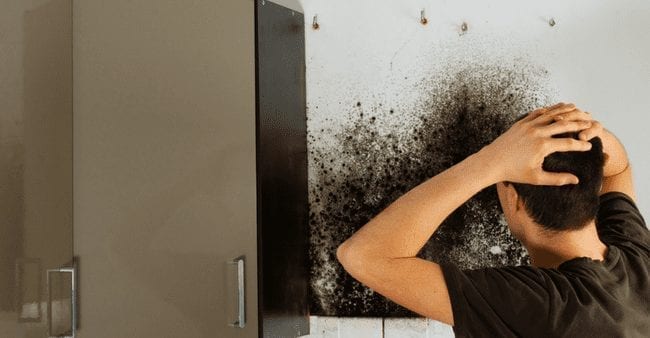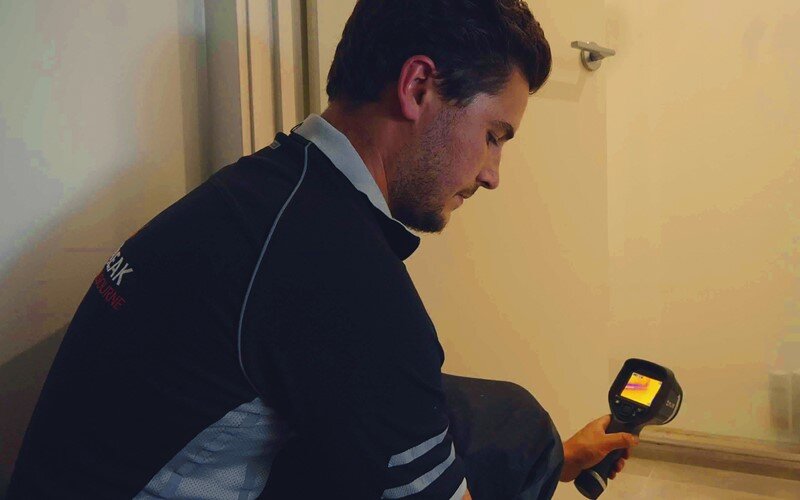Here down the page you can locate additional really good news around Detecting hidden plumbing leaks.

Early detection of dripping water lines can mitigate a prospective disaster. Some small water leakages may not be visible.
1. Take A Look At the Water Meter
Every house has a water meter. Checking it is a surefire manner in which assists you find leaks. For starters, switch off all the water sources. Guarantee no person will flush, use the faucet, shower, run the washing device or dish washer. From there, go to the meter and also watch if it will certainly transform. Since nobody is utilizing it, there ought to be no motions. That suggests a fast-moving leakage if it relocates. Also, if you identify no changes, wait an hour or two and also inspect back again. This suggests you might have a slow leak that could also be below ground.
2. Check Water Consumption
Analyze your water costs and track your water consumption. As the one paying it, you need to observe if there are any type of disparities. If you find sudden changes, regardless of your usage coinciding, it implies that you have leaks in your plumbing system. Bear in mind, your water expense ought to fall under the same range monthly. An abrupt spike in your bill shows a fast-moving leak.
Meanwhile, a stable rise monthly, even with the exact same behaviors, reveals you have a slow leak that's likewise gradually escalating. Call a plumber to completely inspect your home, specifically if you really feel a warm area on your flooring with piping below.
3. Do a Food Coloring Test
When it comes to water consumption, 30% comes from toilets. If the color in some way infiltrates your bowl throughout that time without flushing, there's a leakage between the container and dish.
4. Asses Outside Lines
Don't forget to inspect your outside water lines as well. Test spigots by connecting a garden hose. Should water permeate out of the link, you have a loosened rubber gasket. Replace this as well as guarantee all links are tight. It will aid get it properly checked out and preserved each year if you have actually got a sprinkler system. One tiny leakage can lose tons of water and also increase your water bill.
5. Examine the circumstance as well as check
Property owners ought to make it a behavior to examine under the sink counters and also even inside cabinets for any type of bad odor or mold and mildew development. These two warnings show a leak so prompt attention is required. Doing routine examinations, even bi-annually, can conserve you from a significant issue.
If you understand your residence is currently old, maintain a watchful eye on your heaters, hoses, pipelines and so on. Check for stainings as well as weakening as a lot of pipes and also devices have a life span. They will additionally normally degrade because of deterioration. If you suspect dripping water lines in your plumbing system, don't wait on it to rise. Call an expert plumber as soon as possible so you do not end up with an awful mess in your house.
Early detection of dripping water lines can alleviate a potential disaster. Some tiny water leakages might not be noticeable. Examining it is a guaranteed means that aids you find leakages. One small leakage can waste heaps of water and surge your water expense.
If you think dripping water lines in your plumbing system, don't wait for it to intensify.
How to Know If Your Home Has a Hidden Leak
Water Meter Reveals Inexplicable Water Usage
If you’d like to test whether or not there’s a leak somewhere in your home, you can do this using your water meter. Here is how to conduct the test:
Don’t use any water in your home for at least 30 minutes; this also means not turning on faucets or water-using appliances.
Go outside, and check your water meter for activity.
If your water meter shows that there was activity, even though no one was using any water, this proves that there is a leak in your home.
Visible Mold or Mildew Growth
Leaks behind walls create moist, dark environments that allow mold and mildew to grow and thrive. Eventually, you might see mold growth forming on the wall closest to a hidden leak.
If mold is growing in an area that receives a high amount of moisture, such as a bathroom, it may simply be an indication that better ventilation is needed. However, if you see mold growth on a wall or the ceiling in an area where you would not expect, you probably have a hidden leak.
Musty, Mildew Odor
Sometimes you might not be able to see the mold or mildew that is growing as a result of a leak. However, the smell can give the problem away just as easily. If you catch a whiff of something musty, there’s a good chance that old water is collecting somewhere in your home that you can’t see.
Stained/Warped Walls, Ceilings, or Floors
When your home soaks up water, a variety of red flags can become visible, including ceiling stains, bubbling drywall, warped walls, and sagging floors. While these issues can be caused by excess humidity, they can also be signs that a pipe or plumbing connection has started leaking behind your walls.
Inexplicably High Water Bill
After a while, you get a general sense for what your water bill should be. If you own a pool or sprinkler system, your bill will tend to be higher during summer. However, if you receive a water bill that seems especially high, and you can’t figure out what caused it, then you may have a hidden leak somewhere that’s increasing your bill.
https://www.plumbingjoint.com/blog/2019/july/how-to-know-if-your-home-has-a-hidden-leak/

We had been made aware of that report on Leaking water lines from a friend on another web property. Remember to take the time to promote this blog if you liked it. Thanks a bunch for your time. Visit again soon.
Comments on “Overview To Water Leakage Discovery In The House”